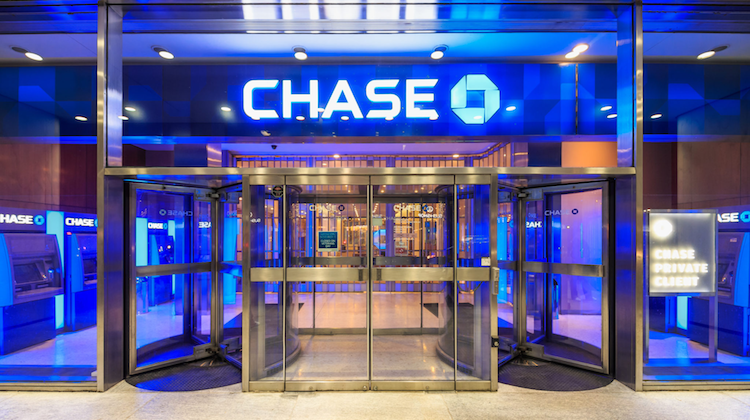Online Lenders
Chase just entered another auto finance partnership
- A partnership with AutoFi demonstrates Chase’s tacit recognition that banks need to be wherever its customers are, even if it isn’t front and center
- It also reinforces the growing reality that banks don't just compete against other banks; they compete against retailers and any other non-bank provider of financial services









